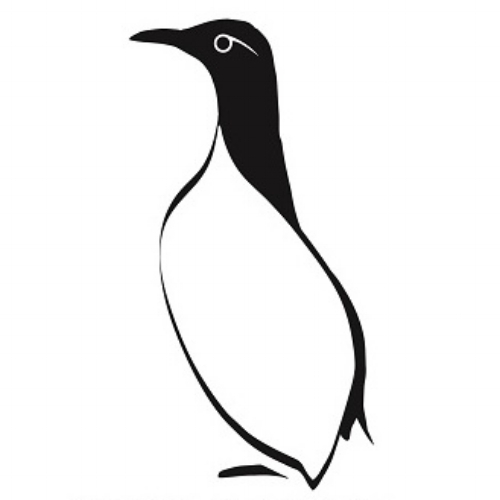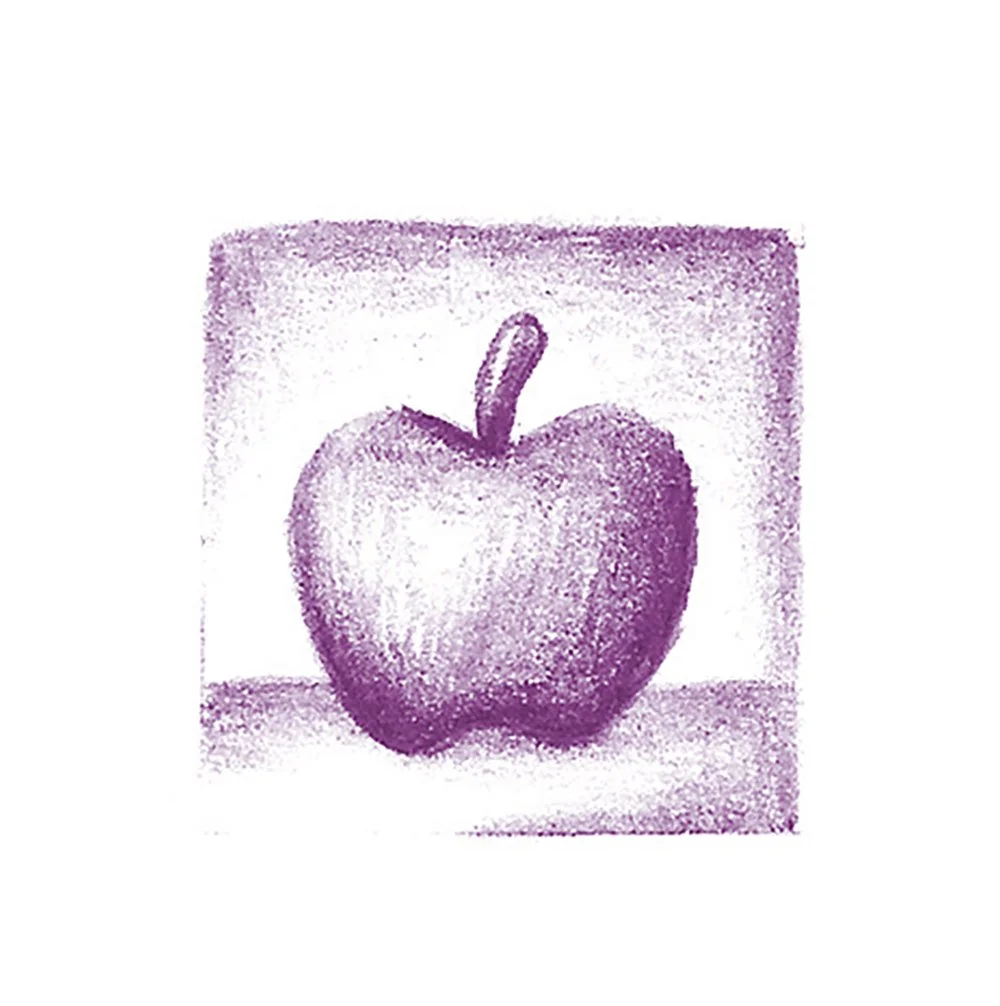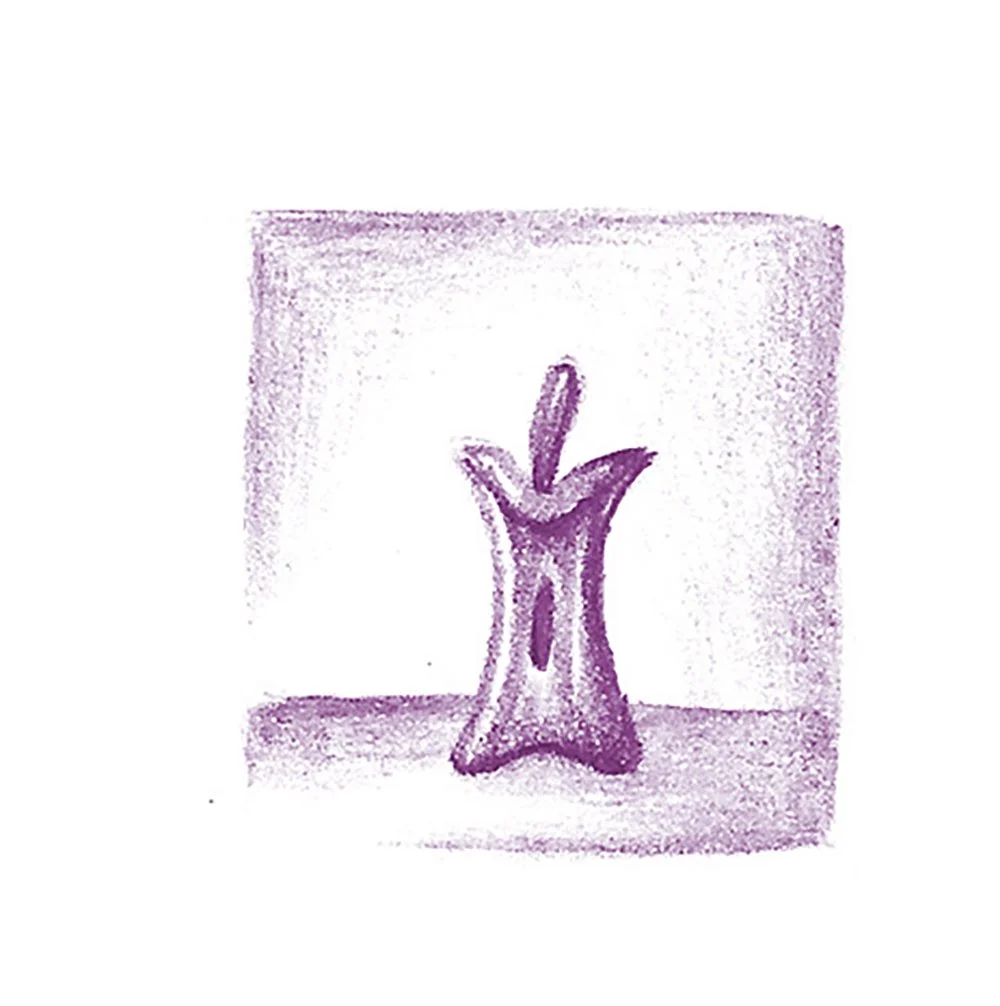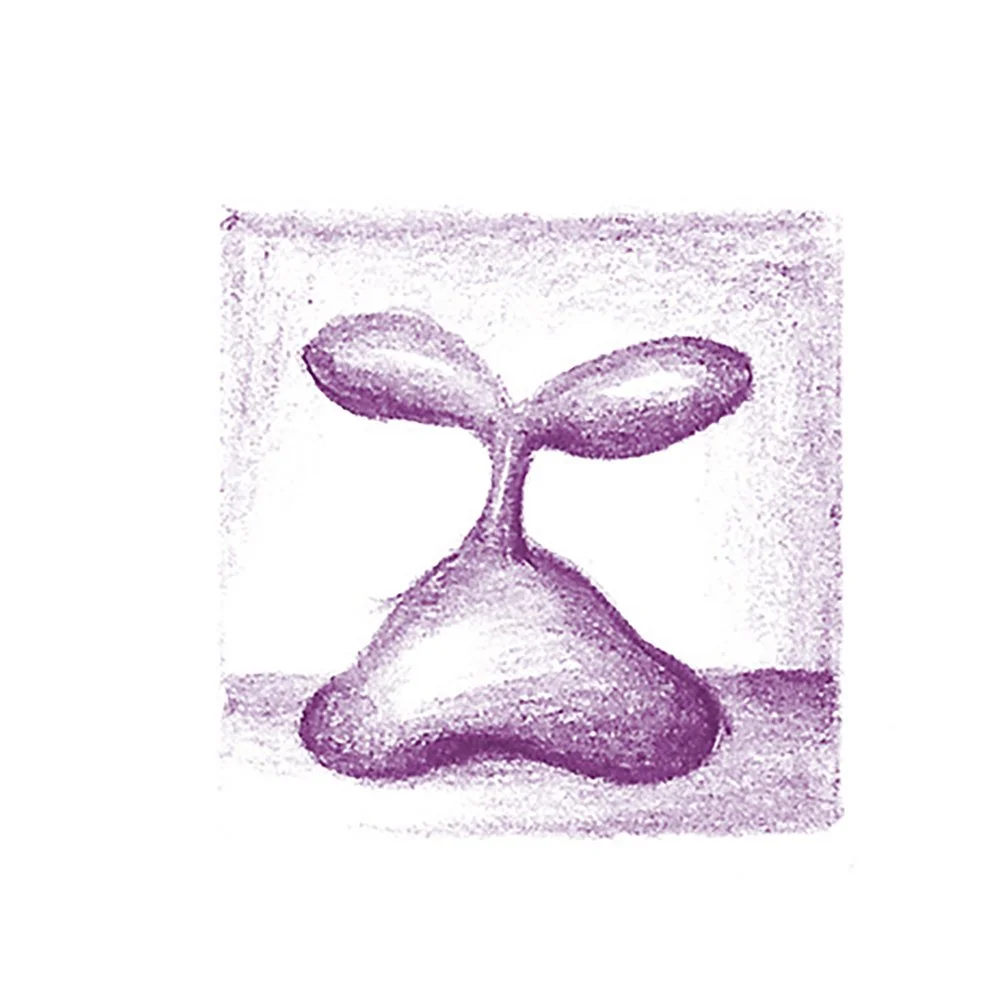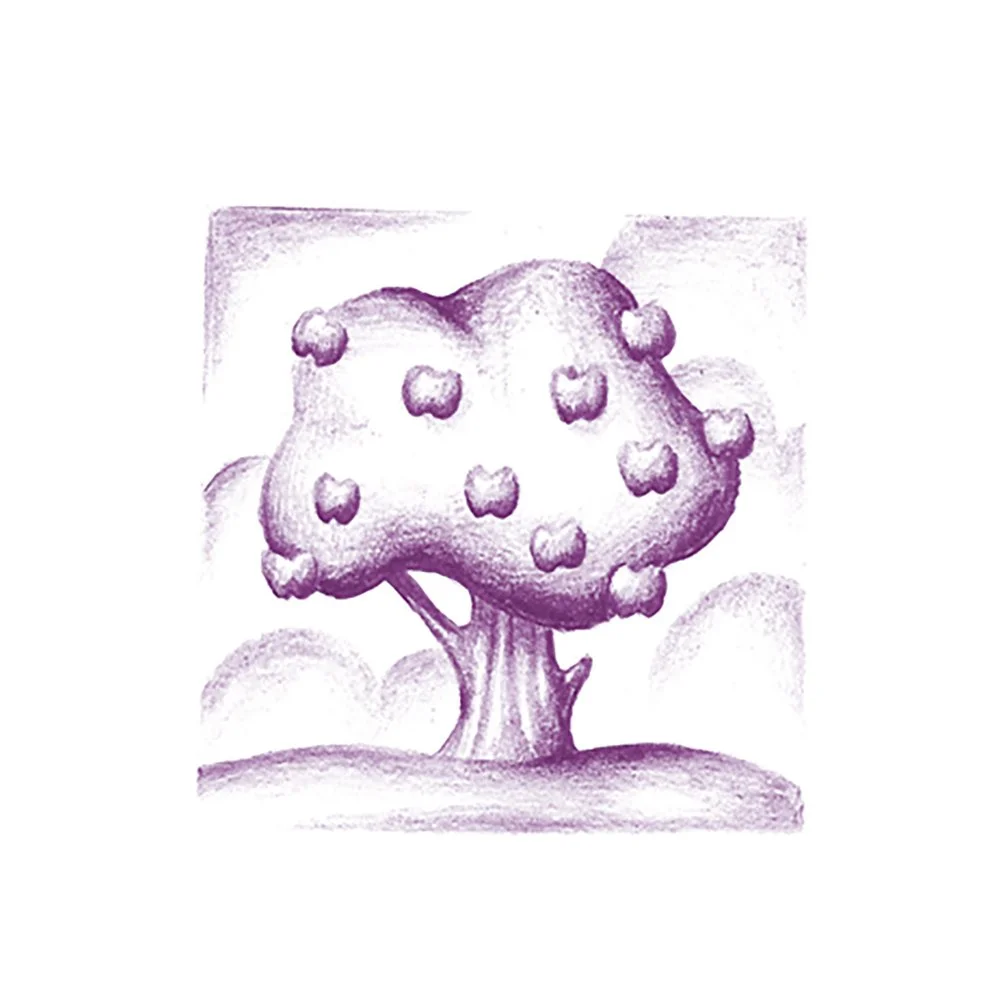In July this year we published Tania Hershman’s ‘chronomemoir’ It’s Time, a hybrid work that interweaves poetry, prose, diary entries, google searches and scientific analysis. Genre-defying, thought provoking and experimental, It’s Time displays Hershman’s playful and thoughtful approach to writing, science and time. In the following interview Grace Feeney asks Tania about the book, the process and the inspiration.
Grace: The subtitle of It’s Time describes the book as a ‘chronomemoir’. Was this the plan from the beginning? How did the work change as it developed?
Tania: It always makes me laugh that, whenever I’m interviewed about my work, people assume there was a plan. There’s never a plan! And over the past 20 years or so – this is my tenth book, and I’ve written hundreds of short stories, poems and hybrid pieces – I’ve become more and more comfortable and welcomed not having a plan, relished the uncertainty, because that’s where the magic happens. At some point as the book was emerging, I invented this word “chronomemoir”, and only now that the book is finished and out in the world do I know sort of what it means: the book tells the story of me investigating the concept of Time, over time. It’s my journey, across time!
You’ll know from the book that I had a rough structure, it started as a kind of diary, and I also had a long and growing list of time-related topics I wanted to explore, and that was it. You’ll also know from the book that things changed almost immediately when I got ill with flu just as I was starting to write, and it took me seven months to recover my energy. This meant that the “plan” to go and interview a number of people – a philosopher of science, a chronobiologist, a watch-maker, for example – went out the window because I often wasn’t able to get downstairs, let alone travel anywhere. So instead, I wrote about this, about my Slow Time, and did as much research as I could from home. Life is all raw material for writing, I love to get curious about everything!
G: How did you approach the scientific material, balancing accuracy with storytelling or readability?
T: I have a background in science – degrees in maths and physics and in philosophy of science – and a background in journalism, and I think that, where people often take something called “science” extremely seriously, I have always given myself permission to be playful, to have fun. I know that “science” means theories, not absolute truth, that it can all be undermined by a new and completely different theory at any minute, and that scientists are just highly curious people within one particular framework. I see my book – all my writing, actually – as my form of scientific experiments. While accuracy isn’t something I tend to worry about, and I feel free to make up science in my fictions, here I am always quoting someone else, and I provide references at the end. But I am doing it my way, and entertaining and readable storytelling is always, always, the most important thing to me. As an ex-journalist, I am not particularly interested in sounding “journalistic”, this is personal, there’s nothing objective about it (it’s another discussion about how “objective” science is anyway, since it’s done, mostly, by humans!). This book is a “chronomemoir”, it’s my particular journey.
G: You use a range of techniques and forms in It's Time - poetry, memoir, Google searches, conversations with Time… Can you tell me a little about this breadth of approaches to the subject?
T: I began my writing life as a science journalist, then moved into writing short stories and flash fiction, expanded towards poetry and now sit in a space of “hybrid writing” where what I write, whether individual pieces or books, doesn’t easily fit under a genre or a label. Calling everything “hybrid writing” frees me, gives me permission to do whatever I feel best serves what I want to say. I’ve always written in different voices in fiction and poetry, in different points of view, and I’ve always been highly playful. I follow my instincts, I go with what sounds good to me at the time – this book is very much me “showing my working”, as they used to say in maths class. You’re not getting my end “conclusions”, you’re getting the entire process, the how is as important to me as the what and the why, how it emerged for me in real time, my brain on the page, and I didn’t go and “tidy” it up afterwards! This is the kind of book I love to read, I’d rather a fascinating messiness than an extremely tidy, tight piece of writing that has no room for me, the reader, in it.
I decided to do a Google search for something time related, noticed that if you start typing a sentence, Google offers you the ten most popular phrases that start with those words that other people have searched for recently, and I thought that was fascinating, that gave me a snapshot of what Google users around the world might have been contemplating. I did it once, and decided to do it regularly and put it in the book! My motivation is first and foremost to keep myself interested and entertained. I am always my first reader, and if I’m not interested, why would I bother continuing? I write because it’s how I make sense of the world, how I get curious, how I explore questions that I have about the universe, how we live etc…I don’t imagine as I write that there will be other people reading it, that’s not what I write for. If it happens – as it has! – it’s a lovely bonus, and I am so very grateful for Luke Thompson and Guillemot Press who have made my book into this glorious physical creature.
G: Tell me about how and why you use the second person narrative.
I love using all sorts of different points of view. I adore the second personal singular, the “you” voice, and so whenever it felt right, I would slip into it in this book. I shift between “I” and “you”, and sometimes don’t even notice when I’m doing it. The “you” voice gives me a slight bit of distance from myself, as if I am watching myself as Other. As Past Me from a few minutes ago!
G: Could you tell me about your relationship with Virginia Woolf?
T: Ah, Virginia! I studied science at school and then at university, was never particularly taken with studying English Lit, so came to Virginia Woolf’s writings later in life. I watched the film of her novel, Orlando, about twenty years ago, and when I finally read the book a few years ago, I was bowled over by it, not just by the writing but by the ideas. I then devoured almost everything by her, I loved her diaries, letters and essays. She was living and writing in such a fascinating time, just as Einstein and the physicists were discovered that reality isn’t what we think it is, and as Freud and the psychoanalysts were discovering that our self isn’t who we think it is, and you can see her incorporating so many of these ideas. I’ve quoted what she says in Orlando about having many different selves and living in many different times in three of my books now – it keeps being relevant, no matter what my “theme” seems to be! And then when I was writing It’s Time, other people started mentioning her, and something seemed to be emerging…
Since completing It’s Time, I’ve finished a hybrid poetry book inspired by Star Trek and neuroscience which is now with my poetry editor, and Virginia Woolf comes into that, too. I like to think that maybe I’m in conversation with her, over time, in some way. I don’t think we’re finished yet, Virginia and I.
Tania Hershman’s It’s Time: A Chronomemoir is out now and available here
Grace Feeney is an MA Publishing student at Manchester Metropolitan University
The accompanying images are details from the book’s cover by CF Sherratt
